My Tongue Is My Own: A life of Gwen Harwood
La Trobe University Press, $37.99 pb, 454 pp
Harwood’s many voices

‘You look a little shy; let me introduce you to that leg of mutton,’ said the Red Queen. ‘Alice – Mutton; Mutton – Alice.’ The leg of mutton got up in the dish and made a little bow to Alice; and Alice returned the bow, not knowing whether to be frightened or amused.
‘May I give you a slice?’ she said, taking up the knife and fork, and looking from one Queen to the other.
‘Certainly not,’ the Red Queen said, very decidedly: ‘it isn’t etiquette to cut any one you’ve been introduced to. Remove the joint!’
Lewis Carroll, Alice’s Adventures in Wonderland, 1865
The Red Queen’s impossible rule offers a striking allegory of the biographer’s dilemma. While your subject is still alive, it seems reasonable to get to know them and build a relationship of trust with them. In this way you might be better able to understand their private and intimate worlds. If your subject is a writer, you might become more confident in your ability to weave closer correspondences between their life and work. But if you then become privy to their secrets, and perhaps even come to love them as a dear friend, it becomes almost impossible to write about them dispassionately: to ‘cut’ them with your knife and fork.
This quandary is particularly pointed when the subject is someone like Gwen Harwood (1920–95), so famously adept at masking both her authorial name and her poetic voice. As Ann-Marie Priest shows, Harwood was extremely guarded and careful in her writing, displacing and concealing most of her grand passions and emotional trials from those who would have been hurt by a more open, confessional poetics.
Two other scholars attempted to write Harwood’s biography in the several years before the poet’s death in 1995. Alison Hoddinott, already an old friend and the author of a critical study of Harwood’s poetry, started conceiving a biography around the same time as Greg Kratzmann wrote introducing himself to Harwood with the same idea. Harwood kept each in ignorance of the other’s plans, and eventually both withdrew from the task. Kratzmann became a dear friend and confidant of Harwood, but he found himself unable to write the kind of biography he wanted, because he was unwilling to expose details of Harwood’s relationships that had potential to hurt her family and friends, even after her death. He had to promise Harwood he would not write anything that would ‘cause pain’. Instead, he turned his attention to editing her letters (A Steady Storm of Correspondence, 2001); and, with Hoddinott, edited Harwood’s Collected Poems, 1943–1995, in 2003. Hoddinott also published a collection of Harwood’s letters (Idle Talk, Letters 1960–1964, 2015).
As Hoddinott and Kratzmann both found, and as Priest was warned, writing a biography of Gwen Harwood is not for the faint-hearted. But Priest is unencumbered by a strong personal connection to Harwood or her family. Writing more than twenty years after Harwood’s death, when so many of the poet’s beloved friends and friendly beloveds are now also dead, has surely been liberating, too.
Priest interviewed a number of Harwood’s friends and correspondents, but she works primarily from textual evidence, and approaches this emotional minefield with forensic precision. She moves with ease through the archives: Harwood’s voluminous correspondence, some diaries and various documents from private and public collections: most notably, the Fryer Library at the University of Queensland, where Priest based herself for six months. Priest is an attentive reader of Harwood’s poetry: from the formal collections and libretti through to her occasional verse, and the many unpublished fragments, often hilarious and scurrilous, that appeared in her letters and postcards. Harwood also often wrote letters about her dreams, which add a surprisingly luminous dimension to this study. Priest builds her narrative from the overlapping threads of Harwood’s reading and writing, her playful multiplication of voices and personae, her musical and philosophical studies, and the many vicissitudes of the writing life. More personal material is handled gently: especially the shifting dynamics of a very difficult marriage; and the ebb and flow of various friendships and several love affairs, mostly with men, and sometimes, though these relationships were perhaps less sexual, with women.
The public path of Harwood’s life is well known. After showing early promise as a pianist and organist, she married young and moved from Brisbane to Hobart in 1943 with her academic husband. After her four children were all established at school, she started slowly publishing the poetry she had been working on, but she could not help feeling distanced from the poetic and cultural gatekeepers of Australia in the 1950s, both by geography and by gender. Inventing several pseudonyms, mostly male ones, with more intriguing cultural biographies than her own, she managed to place many more poems in key journals. In the first years of her publishing career, these male personae received far more invitations to participate in anthologies and other literary events than Harwood ever did. Harwood’s fury at these exclusions and her contempt for the poor literary judgement and favouritism practised by more established poets are presented forcefully here.
Her first major brush with fame came in 1961, when Douglas Stewart at The Bulletin accepted the sonnet she submitted over the name ‘Walter Lehmann’, with its now famous ‘FUCKALLEDITORS’ acrostic. The ensuing scandal and Harwood’s unmasking set up a powerful dichotomy in Harwood’s reception, fuelled by the shocking image of the ‘Tas housewife’ on the verge of being prosecuted for obscenity. It was a powerful declaration that she should not be pigeonholed as a domestic goddess.
After her first volume of Poems was published (not until 1963), Harwood’s reputation as a poet and librettist began to grow steadily, and in the last years of her life she was honoured many times over, with prizes, fellowships, several honorary degrees, and the Order of Australia. She died in 1995, at the age of seventy-five, and remains one of Australia’s pre-eminent poets.
Many of her poems offer deeply felt meditations about language, philosophy, dreamscapes, and music, as well as surreal visions, flights of fancy, and dizzying wordplay. Harwood’s technical facility with metre and form was outstanding, though it is often noted that in her later works the poetic line breathes a little more easily. Some of her poems and, later, her comments in interviews drew attention to the difficulties of balancing household and familial demands with the need for solitude and writing time. There is also a strong strand of her work engaging with romantic and sexual desire.
When I was working on Harwood’s poetry in the early 1990s, it was hard not to wonder about these poems that spoke to such deep sexual passion but also – though less blatantly – about the apparent frustrations and difficulties in a long marriage. Were these love poems textual experiments, inspired by the long history of erotic literature in English? Were they to be read as if written by different, though unnamed, voices or personae? Were they reliving old memories? Or were they poems arising from current or recent sexual affairs? It seemed to me that this latter, most likely scenario was indeed the case, but just as Greg Kratzmann had pulled back from writing Harwood’s biography, I also felt that if these stories had not been made public, it was not my business to speculate about them. In any case, as Harwood had written to Tony Riddell in 1959, ‘To me now it seems impossible to see beneath the surface of women if they don’t show their interior life of their own accord.’
Freed from the power to hurt, this biography opens up the complex private world behind Harwood’s emergence as a public figure, by exploring the unpublished web of dispersed texts in which Harwood did disclose much of her interior life. With the benefit of distance and hindsight, Priest unfolds a nuanced and layered version of Harwood’s emotional life, her bouts with depression, anxiety, anger, and frustration, as well as her deep passions, both inside her marriage and beyond it. One of the most poignant and painful threads is the number of times Gwen contemplated leaving her husband, Bill, even while still feeling bound to him in many ways. He was jealous of her friendships, and for many years forbade her to write to Riddell, her oldest and most intimate friend. He was also angry whenever he felt her poetry violated his own privacy.
Even when Harwood finally managed to scrape together some financial independence, she found it impossible to wound or hurt her increasingly ill husband by leaving him, even though she raged against his contempt for poetry, his evident misanthropy and growing social isolation, just as she was starting to revel in the pleasure of travelling and entertaining, meeting other poets and musicians, and enjoying the fruits of her success as a writer.
Priest unravels the long threads of Harwood’s most important and loving friendships, going right back to her first great love, Peter Bennie. Without sensationalising these stories, Priest traces Harwood’s involvement in several passionate sexual relationships, with Tom Pick, Norman Talbot, one or two others, perhaps; and a number of deeply romantic and loving friendships with women: especially Ann Jennings, Vera Cottew, and Lotte Wilmot. Some friendships (for example, with Vincent Buckley and James McCauley) began in enmity and ended in loving affection. Other friendships were punctuated or ended by misunderstandings and perceived betrayals. Of all these relationships, perhaps the most moving is the story of Harwood’s last intimate love, Rosemary Cohen, who took turns with Bill Harwood attending Gwen on her deathbed.
This is a compelling biography. It offers no great challenge to the genre: it is not particularly experimental; and nor does Priest foreground her own voice, judgements, or decisions. Brief remarks about local and cultural contexts are offered at various times, but rightly, I think, Priest puts Harwood’s voice – or rather, her many voices – at the heart of this volume.
Priest explains her choice of title in the brief introduction to My Tongue Is My Own. For Harwood, ‘Owning her tongue was about claiming the right not only to speak but also to be silent – even to lie. It was about using her voice as she chose: to hide or to reveal herself, to try out different characters, different truths and possibilities, and to speak … the love she felt compelled to own.’
As Harwood lay dying, Cohen offered to move closer to care for her, but Harwood refused. ‘I don’t want a broom-wielder or assistant laundress,’ she said. ‘I want a crazy selfish bright-tongued lover.’ It is this glittering, passionate voice – Harwood’s own tongue – that now rings loud and clear.
Suburban Sonnet
She practises a fugue, though it can matter
to no one now if she plays well or not.
Beside her on the floor two children chatter,
then scream and fight. She hushes them. A pot
boils over. As she rushes to the stove
too late, a wave of nausea overpowers
subject and counter-subject. Zest and love
drain out with soapy water as she scours
the crusted milk. Her veins ache. Once she played
for Rubinstein, who yawned. The children caper
round a sprung mousetrap where a mouse lies dead.
When the soft corpse won’t move they seem afraid.
She comforts them; and wraps it in a paper
featuring: Tasty dishes from stale bread.
Gwen Harwood
Correction
In the print version of this review reference was made to ‘the absence of an index’. The finished version of My Tongue Is My Own does contain an index.


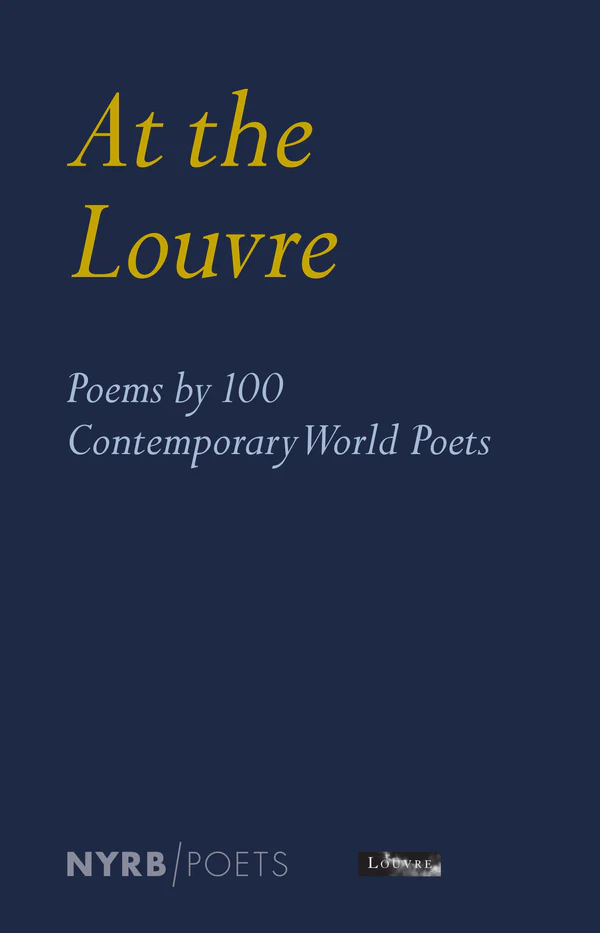

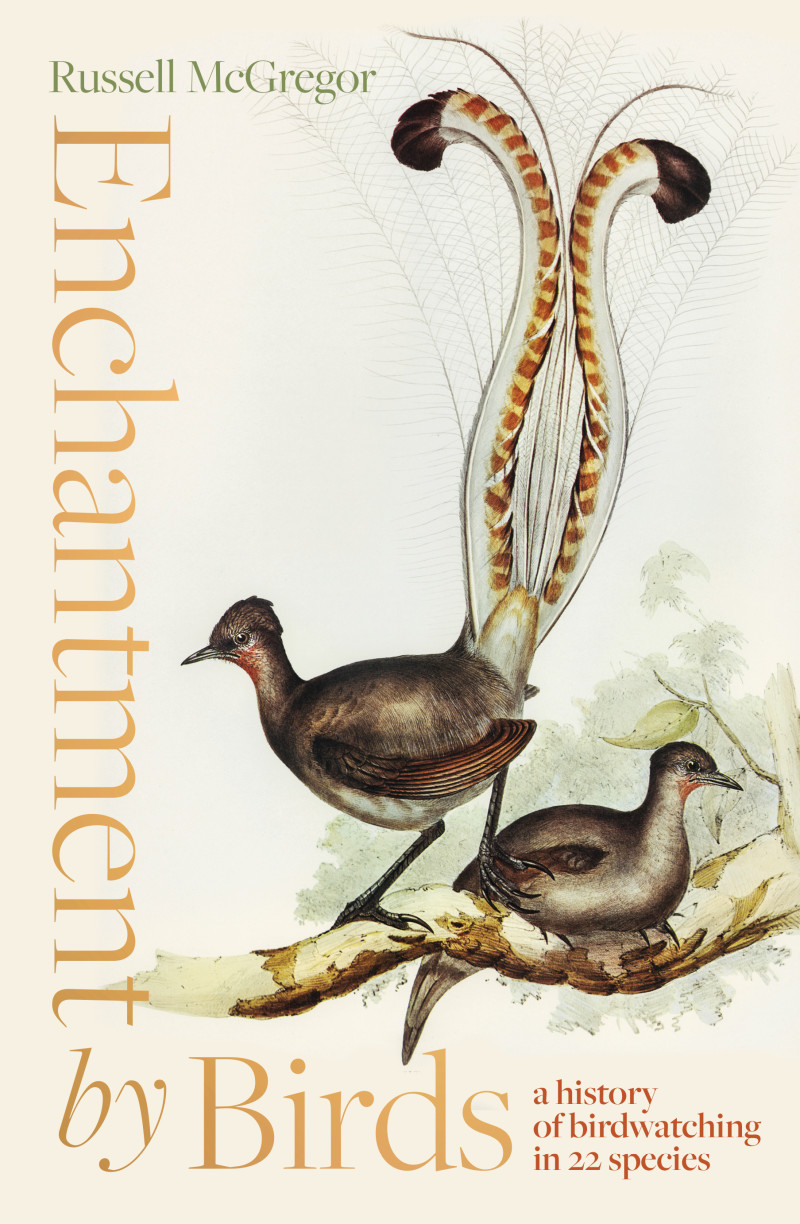
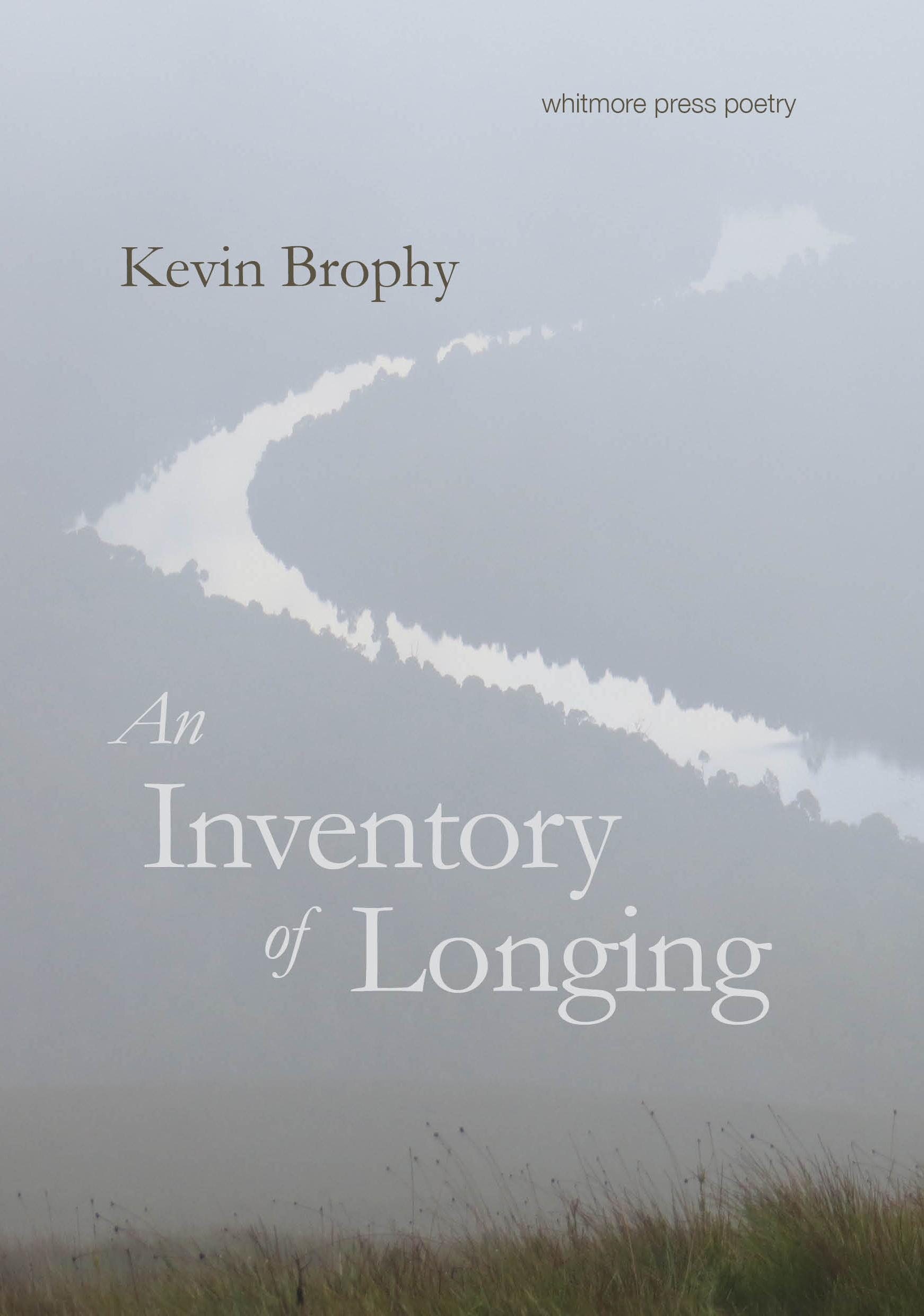

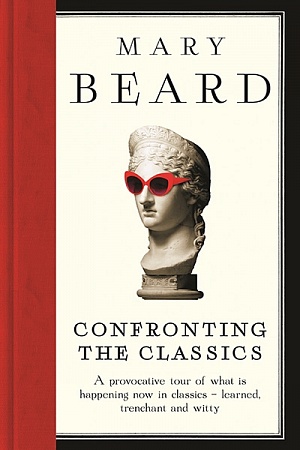

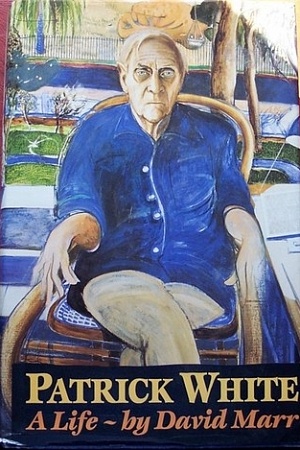
Leave a comment
If you are an ABR subscriber, you will need to sign in to post a comment.
If you have forgotten your sign in details, or if you receive an error message when trying to submit your comment, please email your comment (and the name of the article to which it relates) to ABR Comments. We will review your comment and, subject to approval, we will post it under your name.
Please note that all comments must be approved by ABR and comply with our Terms & Conditions.